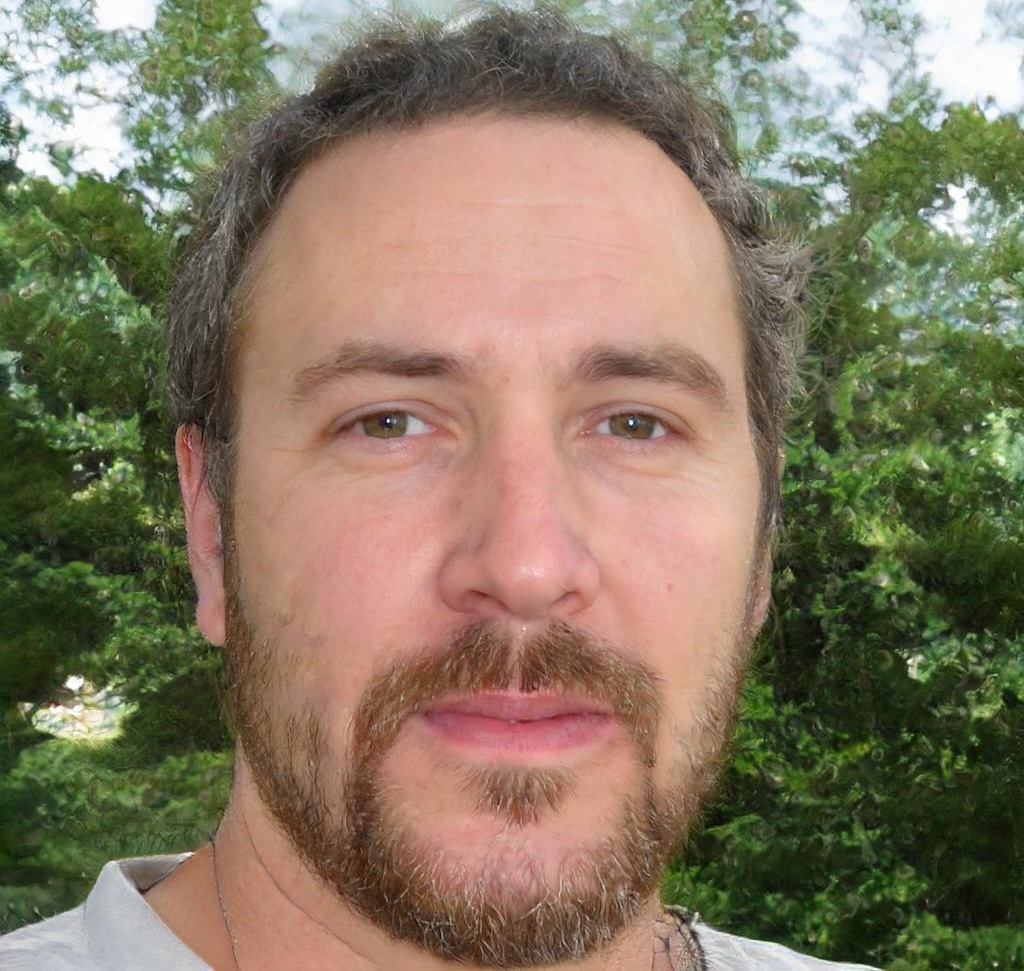It’s one of the biggest questions you can ask yourself — but also one of the most frustrating.
What’s my purpose?
If you’ve ever felt stuck, unsure, or like you’re drifting through life without a clear direction, you’re not alone. Purpose isn’t always obvious. And despite what social media tells you, it rarely arrives in a single lightning-bolt moment.
More often, purpose is something you build, not something you find. It takes reflection, experimentation, and paying attention to the signals that are already around you.
Here’s how to start uncovering your purpose — without overcomplicating it or waiting for the perfect answer.
Start With What Energizes You
Pay attention to your energy. Not your schedule, not your to-do list — your energy.
What activities leave you feeling more alive afterward, not drained? What kinds of tasks or conversations make you lose track of time?
These moments are clues. Purpose is usually tied to work that feels naturally energizing — even if it’s challenging. If you dread something every time it comes up, it’s probably not your path. But if you find yourself leaning in, even when it’s hard? That’s a good sign.
Make a list of things that spark your interest or bring you joy — no matter how small. These don’t need to be “career” things yet. They’re just signals. Follow them.
Look at What You Keep Coming Back To
Most people already have hints of their purpose — they just haven’t named it yet.
Look at your past. What have you always been drawn to, even in different chapters of your life? Maybe it’s storytelling, building things, helping people, teaching, or solving problems. Maybe it shows up in your hobbies, volunteer work, or side projects.
You don’t need to have done it “professionally” for it to matter. Recurring themes show what matters to you — even if it’s been hiding in plain sight.
If you keep circling the same interests over time, don’t ignore them. That’s your brain nudging you toward something meaningful.
Ask: Who Do You Want to Help?
Purpose is often tied to contribution — making a difference for someone else.
So ask yourself: who do I care about helping? What group of people do I feel drawn to support, serve, or empower?
Your answer might be broad, like “new parents” or “young creators.” Or it might be very specific, like “first-generation college students” or “people starting businesses later in life.”
When you know who you want to help, the how becomes easier to figure out. You start seeing opportunities to use your skills in service of something bigger than yourself.
Identify Your Strengths (Even the Subtle Ones)
You don’t have to be the best at something for it to be part of your purpose. But knowing your natural strengths helps you understand where you can make the most impact.
Think about things people often compliment you on. What do friends or coworkers always ask for your help with? What do you do well that feels easy to you — even if others find it hard?
These strengths might not always be technical. They could be emotional intelligence, leadership, creativity, resilience, or communication.
When you combine your strengths with your interests and values, you create a clear direction for your next step.
Don’t Wait for a Lightning Bolt
Too many people get stuck because they’re waiting for a “big moment” to reveal their purpose — like a perfect job, or a breakthrough idea.
But in reality, purpose is often something you build gradually, through small actions and experiments.
Try things. Start a side project. Volunteer. Say yes to something that sounds interesting, even if you’re not sure where it leads.
Each step teaches you something — about what you like, what you don’t, and where you can grow. Action creates clarity. The more you move, the more direction you gain.
Purpose Can Evolve (And That’s Okay)
You’re not locked into one purpose for life. What matters to you at 25 might shift by the time you’re 40.
That’s not failure — that’s growth.
Give yourself permission to evolve. Don’t pressure yourself to figure everything out right now. What matters most is staying connected to your values and continuing to move toward work that feels meaningful.
Your purpose can change — but the habit of seeking it is what keeps you aligned.
Listen to Your Frustrations Too
Sometimes your purpose shows up in what bothers you.
What problems make you angry? What gaps do you notice in your community, industry, or world? What stories do you see that make you want to step in and help?
These frustrations often point toward values that matter to you — and areas where your voice could make a difference.
You don’t need to solve global problems overnight. But paying attention to your discontent can give you clarity about what kind of change you want to be part of.
Don’t Let the Pressure Block You
The idea of “finding your purpose” can feel overwhelming — like you’re supposed to have some perfectly defined mission with a five-year plan.
Let go of that.
You don’t need a flashy purpose statement. You don’t need to quit your job or move across the country. Purpose can start small. It can be quiet. It can unfold over time.
Start where you are, with what you have. Let it grow naturally.
Purpose Is What Feels Aligned, Not What Looks Good
It’s easy to confuse purpose with popularity, money, or status. But those are results — not the goal.
True purpose is about alignment. It’s when your work, your values, and your strengths all line up. It’s when what you domatches who you are.
You’ll know it when you feel energized, focused, and proud — even if it doesn’t look glamorous on the outside.
That’s what you’re chasing. Not approval — but alignment.
Final Thought
Finding your purpose isn’t about unlocking a single answer. It’s about listening, experimenting, and showing up with intention.
Start small. Follow your energy. Be willing to adjust. And trust that your purpose doesn’t have to be perfect — it just has to be real.
You don’t need a complete roadmap. You just need to start walking.

Jordan Ellis is a business writer and digital strategist at Hustle Framework, focused on practical tools and actionable insights for entrepreneurs. Passionate about helping you make smarter business decisions.




